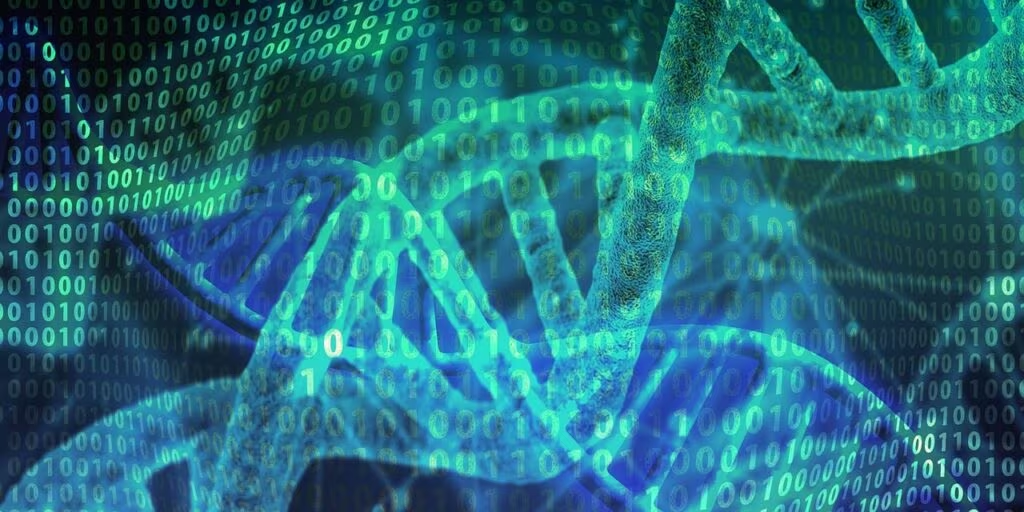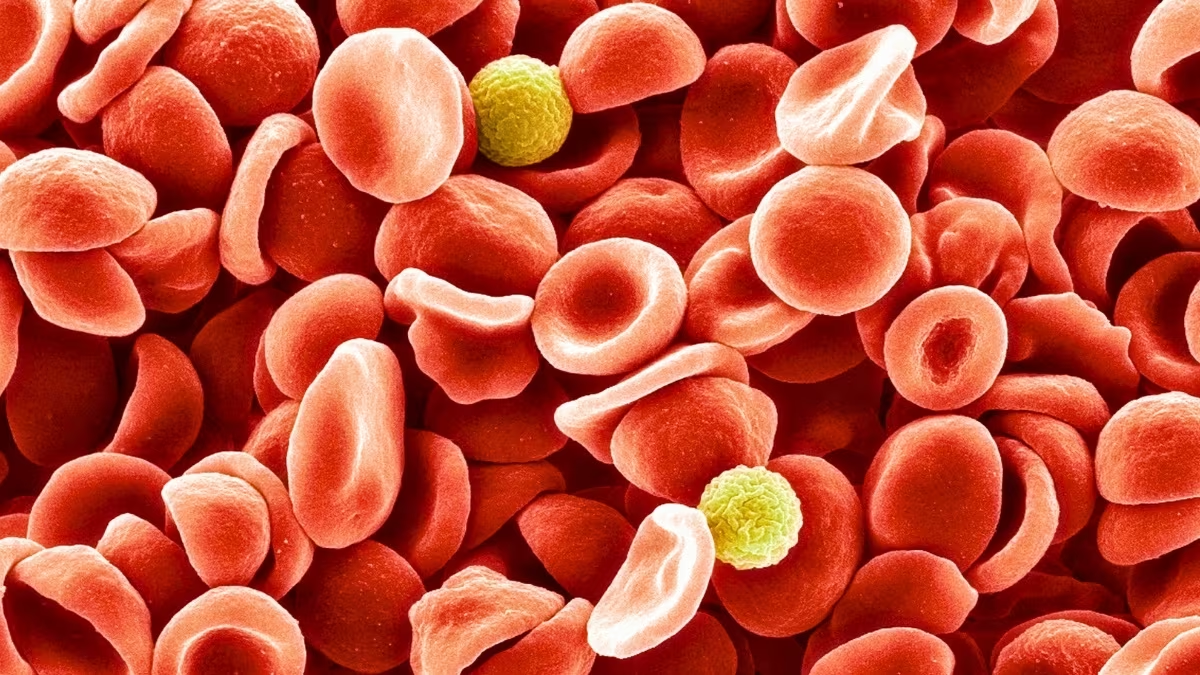The End of a 50-Year Enigma: Introducing the Er Blood Group System
After five decades of baffling medical experts, scientists have successfully identified a new, distinct blood group system, finally resolving a long-standing mystery in transfusion medicine. This newly recognized group, officially named the Er blood group system, explains why certain patients experienced severe, sometimes fatal, reactions to blood transfusions, even when their blood was perfectly matched according to all previously known classifications.
The breakthrough, achieved by researchers from the University of Bristol and NHS Blood and Transplant, hinges on the discovery of two previously unknown antigens, which are surface molecules on red blood cells that trigger immune responses.

The 1972 Mystery: A Fatal Transfusion Gap
The story of the Er system began in 1972 with a blood sample from a pregnant woman that exhibited unusual characteristics. Her red blood cells lacked a specific surface molecule that was, at the time, thought to be universally present. Over the subsequent decades, similar rare cases emerged, characterized by the presence of antibodies that attacked transfused blood, leading to a severe condition known as a hemolytic transfusion reaction.
These reactions occur when the recipient’s immune system recognizes the donor’s red blood cells as foreign and destroys them. For patients with these rare, unidentified blood types, standard cross-matching procedures were insufficient, posing a significant risk during necessary transfusions.
Before this discovery, these problematic antigens were simply referred to as ‘Er antigens’ (Erythrocyte antigens), but their genetic basis and full classification remained unknown, making safe transfusions for Er-negative individuals a perilous challenge.
Defining the Er System: Five Key Antigens
The research confirmed that the Er system is composed of five known antigens, three of which were previously recognized but not formally classified as a distinct system, and two that are entirely new:
- Era, Erb, and Er3: Previously known, but now confirmed as part of the Er system.
- Er4 and Er5: The two newly discovered antigens that were critical to solving the mystery.
The identification of Er5 was particularly crucial, as it is the absence of this specific antigen that causes the most severe immune responses in Er-negative patients.
Genetic Breakthrough: The Role of PIEZO1
The key to unlocking the Er blood group system was the identification of the specific gene responsible for coding these antigens. The research team pinpointed the PIEZO1 gene as the control mechanism.
What is PIEZO1?
The PIEZO1 gene is responsible for producing a protein that forms a mechanosensitive ion channel on the surface of red blood cells. These channels are critical for sensing and responding to mechanical stress, playing a vital role in maintaining the integrity, shape, and function of the red blood cell as it navigates the circulatory system.

Mutations or variations in the PIEZO1 gene lead to alterations in the structure of the resulting protein. When the protein is altered, the Er antigens expressed on the cell surface change or disappear entirely. It is these variations that define the different Er blood types, including the ultra-rare Er-negative type.
“This discovery not only solves a 50-year mystery but also provides the molecular basis for a major new blood group system,” stated the lead researchers. “Understanding the genetic mechanism allows us to develop targeted screening methods to ensure patient safety.”
Implications for Transfusion Medicine
The formal classification of the Er system marks the 44th recognized blood group system in human biology. While the ABO and Rh systems are the most common and critical for routine transfusions, the identification of rare systems like Er is paramount for individuals who require frequent or complex transfusions, such as those with chronic conditions like sickle cell disease or thalassemia.
Enhancing Patient Safety
The most immediate and significant implication of this discovery is the ability to screen blood donors and recipients more accurately for the Er antigens. Previously, when a patient reacted to a transfusion despite standard matching, doctors had no way to identify the cause.
Now, blood banks can:
- Develop Specific Reagents: Create new diagnostic tools (reagents) to test for the presence or absence of the Er4 and Er5 antigens.
- Identify Rare Donors: Establish registries of rare donors who are Er-negative, ensuring that individuals with this rare blood type can receive safe, compatible blood.
- Prevent Fatal Reactions: Eliminate the risk of hemolytic transfusion reactions caused by Er incompatibility, particularly in cases involving pregnant women (where maternal antibodies can cross the placenta and attack the fetus’s red blood cells, a condition known as Hemolytic Disease of the Fetus and Newborn, or HDFN).

Key Takeaways
This landmark discovery fundamentally improves the safety and understanding of blood transfusions for rare blood types:
- New System: The Er blood group system is the 44th official human blood group classification.
- Genetic Link: The antigens are controlled by the PIEZO1 gene, which codes for an ion channel protein crucial for red blood cell function.
- New Antigens: The system includes two newly identified antigens, Er4 and Er5, which were the source of the 50-year mystery.
- Clinical Impact: The finding allows blood banks to screen for Er incompatibility, preventing severe and potentially fatal hemolytic transfusion reactions, especially in rare Er-negative patients and during pregnancy.
Conclusion
The identification of the Er blood group system is a testament to the persistence of immunological research and the critical importance of understanding the subtle variations in human biology. By linking the mysterious transfusion reactions of the past five decades to a specific gene and its resulting antigens, scientists have provided a crucial tool for medical professionals, ensuring that even those with the rarest blood types can receive life-saving transfusions with greater confidence and safety.
Original author: Tessa Koumoundouros
Originally published: October 31, 2025
Editorial note: Our team reviewed and enhanced this coverage with AI-assisted tools and human editing to add helpful context while preserving verified facts and quotations from the original source.
We encourage you to consult the publisher above for the complete report and to reach out if you spot inaccuracies or compliance concerns.

